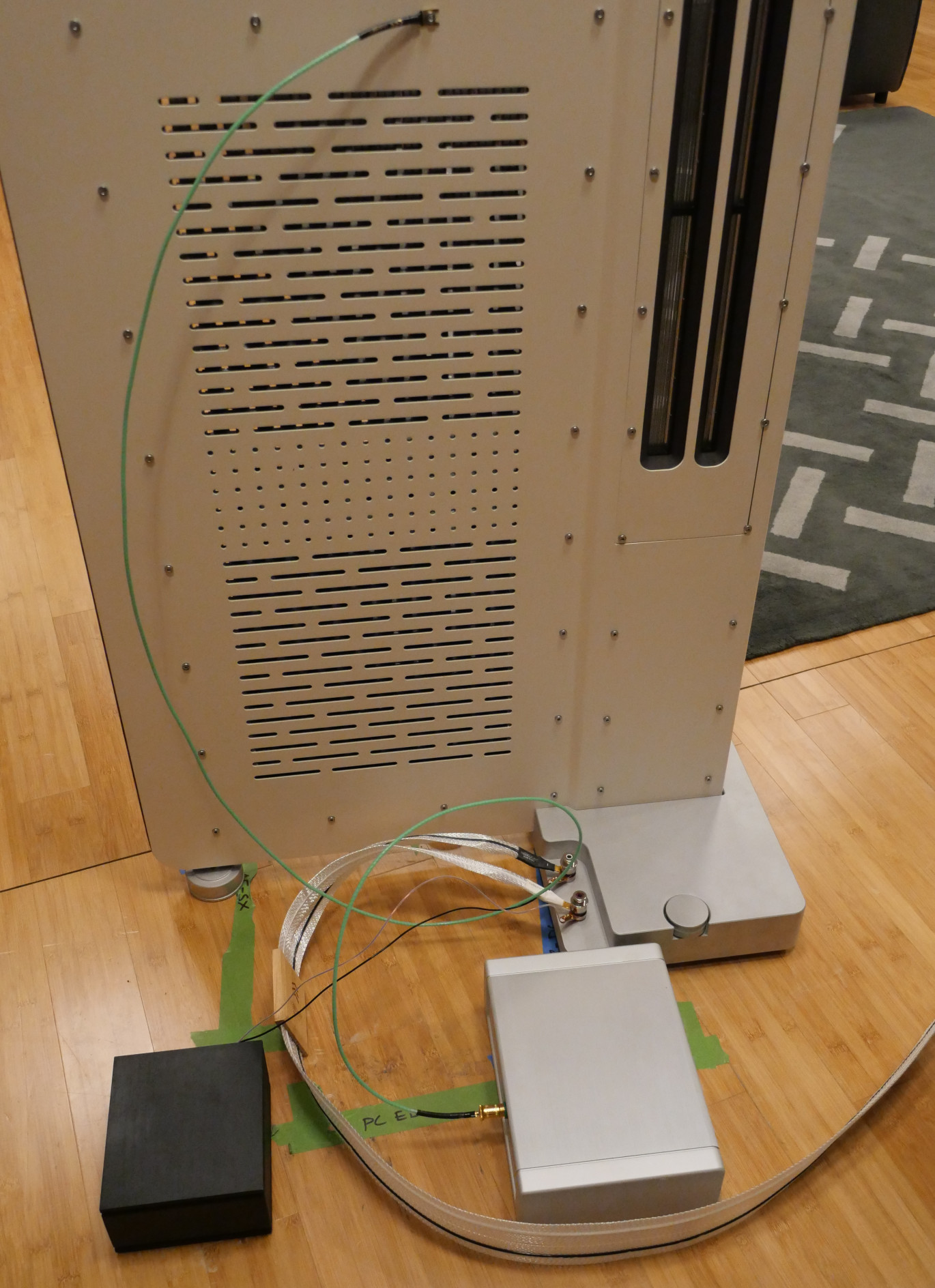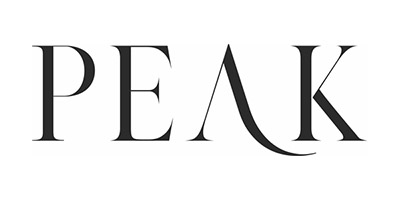Weapon of choice? Because the parallel grounds used for the source components and/or amplifiers tend to be relatively remote from the speakers, I’ve always favoured using Nordost’s QKORE1 units, not least because they offer an individual solution for each cabinet – and I don’t like the idea of tying cabinets together. Compact, unobtrusive, single connection devices that will sit directly behind a loudspeaker, they’ve proved beneficial with speakers from Stenheim to Magico, Wilson Benesch to AvantGarde. Simply run a ground wire from one of the fixing bolts that holds the cabinet together (or if necessary, one that holds a driver to the baffle) and connect the other end to the QKORE1’s binding post. A good place to start is by aiming for one of the fixing bolts as near to the centre point of the rear baffle as possible, although it can be worth experimenting with the connection location. A reasonable alternative approach that’s well worth trying is a connection closest to the largest, internal magnetic field, which obviously varies with the drivers used and their layout.

On a practical note, the QKORE1 is supplied with one of Nordost’s standard QKORE grounding wires, fitted with a 4mm banana plug at each end. What you probably need is a spade to spade or spade to 4mm lead. Ask at the point of ordering and this can probably be supplied instead, either by Nordost or the dealer. One other consideration: the standard, green ground wire is both springy and a seriously bright colour. The black, Premium ground wire is both easier to dress and less visually intrusive – a worthwhile upgrade on both aesthetic and, as we shall see, sonic/musical grounds. In fact, as with all things grounding, experimentation is the order of the day, so I listened with CAD and Telos ground cables too, before settling on a final preference.
So much for the general approach: what happened when I hooked up the QKORE1s to the Diptyques? Connecting the Diptyques to the QKORE ground boxes, hooked up with the standard, green QKORE cables, has an immediate and significant impact, sonically and musically. There’s an immediate drop in grain within the sound-field, with a commensurate increase in focus, transparency and presence. Micro-dynamics are better resolved, bringing texture, harmonic identity and immediacy to voices and instruments. All of which is great, but the real musical impact is rhythmic and in terms of dynamic response. Tempo is more explicit, shifts in tempo more dramatic. Dynamic graduation and the step between notes (especially pitch and level at low frequencies) is defined more clearly, changes in density have greater presence and impact. The end result is that the pace and flow in the music, the articulation of musical lines, the sense of accent and diction in vocals or shaping in instrumental notes all combine to create a more natural, more communicative and more engaging performance – from the musicians and the speakers/system.

Listening to the intricate sonic collage that is ‘Hold You Now’ (Vampire Weekend, Father Of The Bride, Columbia 19075947362) adding the QKOREs reveals the space within the production, separates out the sonic ticks and interjections, the tiny, layered studio effects. At the same time, the voices are more natural, more identifiable and more communicative (who knew Danielle Haim can really sing?) the vocal tracks and the chorus (drawn from the Thin Red Line OST) blend more fluidly, creating a single, coherent whole, more musically contiguous, with a more natural sense of pace and momentum. The undulating bass-line on Bambina has a deeper, more motive groove, the hand-claps are more explosive and insistently propulsive. The increased sense of life, dynamics, musical purpose and human agency is hard to miss. It’s not that the QKOREs add these qualities to the presentation, they just release it from the speakers, allowing them to really deliver, musically and sonically.


